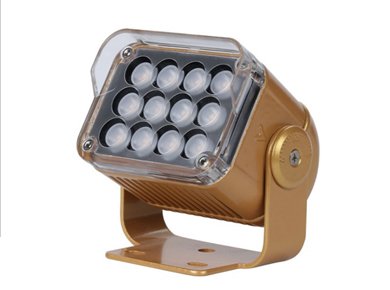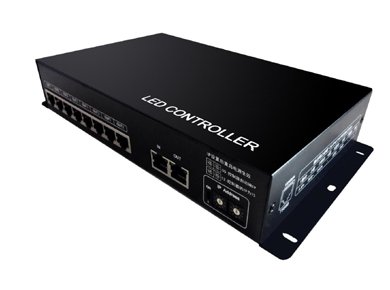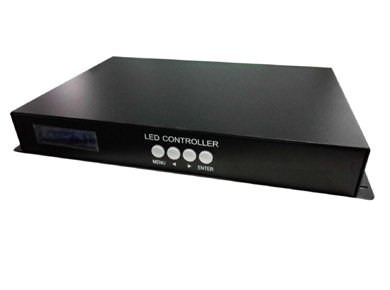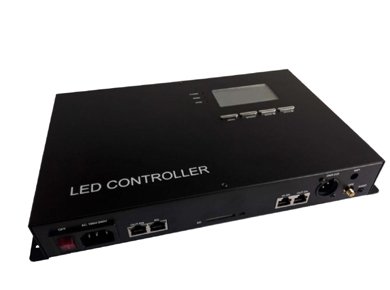Facade Lighting Projects have increasingly entered people's field of vision, becoming more and more common. However, there are some common issues within facade lighting projects. So, how should building facade lighting be properly executed?
1. Desired Effects of the Facade Lighting Project
Due to the different exterior appearances of buildings, various lighting effects can be achieved. This could be a more uniform feel or strong contrasts between light and dark, embodying either a simple or lively expression. These effects depend on the inherent attributes of the building.
Due to the different exterior appearances of buildings, various lighting effects can be achieved. This could be a more uniform feel or strong contrasts between light and dark, embodying either a simple or lively expression. These effects depend on the inherent attributes of the building.
2. Choosing Suitable Light Sources for the Facade Lighting Project
The selection of light sources should consider factors such as light color, color rendering, efficiency, and lifespan. The light color should complement the exterior wall materials of the building. Generally, warm light is suitable for brick or yellow-brown stone, using high-pressure sodium lamps or halogen lamps. White or light-colored marble could be illuminated with cold white light with a higher color temperature.
The selection of light sources should consider factors such as light color, color rendering, efficiency, and lifespan. The light color should complement the exterior wall materials of the building. Generally, warm light is suitable for brick or yellow-brown stone, using high-pressure sodium lamps or halogen lamps. White or light-colored marble could be illuminated with cold white light with a higher color temperature.
3. Calculating the Required Illuminance for the Facade Lighting Project
The required illuminance during the facade lighting project mainly depends on the surrounding environment's brightness and the color depth of the building's exterior wall materials. The recommended illuminance values should specifically address the main facade (primary viewing direction). Generally, the illuminance of the secondary facades is half that of the main facade. The contrast in brightness between these surfaces can create a sense of depth for the building.
The required illuminance during the facade lighting project mainly depends on the surrounding environment's brightness and the color depth of the building's exterior wall materials. The recommended illuminance values should specifically address the main facade (primary viewing direction). Generally, the illuminance of the secondary facades is half that of the main facade. The contrast in brightness between these surfaces can create a sense of depth for the building.
4. Choosing the Appropriate Lighting Method for the Facade Lighting Project
Depending on the characteristics of the building and the current situation of the building site, decide the most appropriate lighting method to achieve the desired effect.
Depending on the characteristics of the building and the current situation of the building site, decide the most appropriate lighting method to achieve the desired effect.
Generally speaking, square floodlights have a wider angle of light distribution, while the angle for round fixtures is smaller. Wide-angle fixtures provide a more uniform effect but are not suitable for long-distance projection. Narrow-angle fixtures are suitable for long-distance projection but have poorer uniformity when used at close range.


 6W LED module spot light beam ...
6W LED module spot light beam ... 思域EN-402W 说明书 V1.0 (适用A1)
思域EN-402W 说明书 V1.0 (适用A1) 思域EN-508W 说明书 V1.0 (适用于A1)——PC ...
思域EN-508W 说明书 V1.0 (适用于A1)——PC ... 思域SN-500 说明书 V2.2 (适用B2, C2, C ...
思域SN-500 说明书 V2.2 (适用B2, C2, C ...